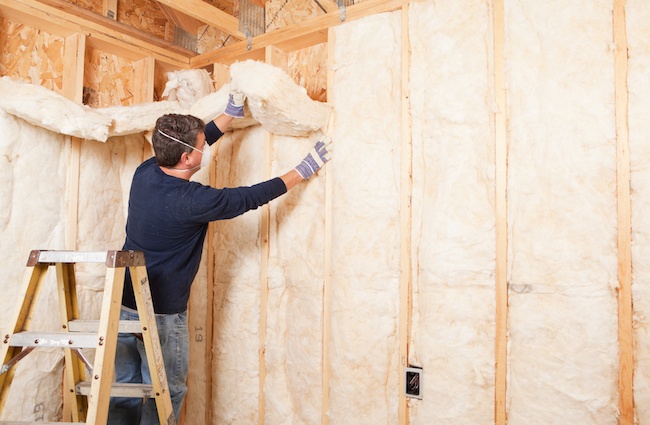Different Options For Insulation That May Be Suitable For Your Property

When you want to increase your property’s thermal efficiency, many insulation options may suit it. You will need to look at all the available options and select a form of insulation suitable for your property and within your budget. Below you can see a few possibilities of insulation that may suit your needs to help get you started and ensure your property is at a comfortable temperature throughout the year.
PIR Insulation
PIR insulation is a type of insulation material commonly used in construction to improve the thermal efficiency of buildings. The term “PIR” stands for “Polyisocyanurate,” which refers to the chemical structure of the insulation material. PIR insulation is a rigid foam insulation material with excellent thermal properties, making it highly effective at reducing heat transfer between the interior and exterior of a building. One of the main advantages of PIR insulation is its high insulation value, which allows for thinner insulation panels to be used while still achieving the same level of thermal performance as thicker materials. PIR insulation is also fire-resistant and has a low environmental impact, as it does not contain harmful substances such as CFCs or HCFCs.
Phenolic Foam Insulation
Phenolic insulation, or phenolic foam, is a rigid material made from phenol-formaldehyde resins. Its excellent thermal performance makes it a popular choice for insulation in buildings, industrial facilities, and transportation equipment. Phenolic insulation is also resistant to fire, moisture, and chemicals, making it a durable and long-lasting insulation solution. Phenolic insulation is lightweight and easy to handle, which makes it ideal for installation in hard-to-reach areas. It is also flexible, allowing it to be easily cut to fit around pipes, ductwork, and other irregular shapes. In addition, phenolic insulation has low smoke and toxicity levels, which makes it a safe insulation option for buildings and other enclosed spaces.
Vacuum Insulation Panels
Vacuum insulation panels, also known as VIPs, are high-performance insulation materials. These panels consist of a core material, such as fibreglass or silica, enclosed in a gas-tight envelope from which air has been removed, creating a vacuum. This vacuum is an excellent insulator, minimising heat transfer by conduction and convection. Vacuum insulation panels have a very low thermal conductivity, meaning they can provide a high level of insulation in a very thin profile. They are commonly used in the construction of refrigerators, freezers, and cold rooms, as well as in the construction industry, for insulation in walls, roofs, and floors.
XPS insulation
XPS insulation, or extruded polystyrene insulation, is a type of rigid foam insulation commonly used in building and construction projects. It is made by combining polystyrene pellets with a blowing agent and then extruding the mixture into rigid panels or boards. The resulting material has a closed-cell structure, giving it excellent thermal insulation properties and is highly resistant to moisture and water vapour. XPS insulation is also lightweight, easy to handle and install, and has a long lifespan. It is commonly used in roofs, walls, foundations, and floors and is often used with other insulation materials to create a comprehensive insulation system. Overall, XPS insulation is a highly effective and versatile material widely used in the construction industry to improve energy efficiency and reduce building heat loss.